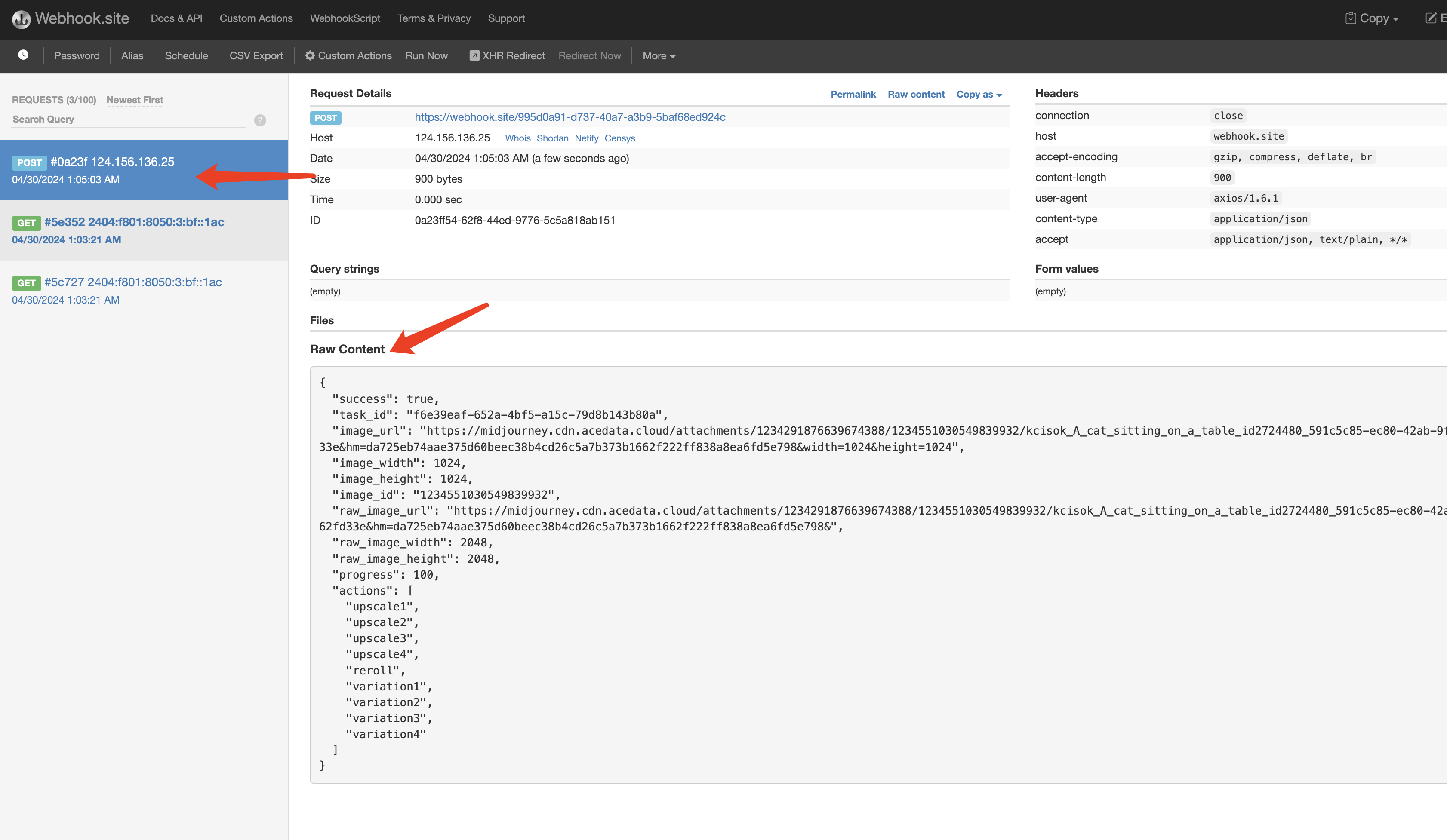C语言中的结构体(Struct)是一种用户自定义的数据类型,允许将不同类型的数据项组合成一个单一的类型:
测试代码1:
#include "date.h"
#include <stdio.h>
#include <string.h>
// 定义结构体数组
typedef struct {
int id;
char name[20];
} Person;
// 使用函数初始化Person结构体的函数
void initPersonFunc(Person *p, int id, const char *name) {
p->id = id;
strcpy(p->name, name);
}
int main() {
int time = getTime();
// 声明时初始化
Person people1[] = {
{1, "Alice"},
{2, "Bob"}
};
// 打印people1数组
printf("Using declaration initialization:\n");
for (int i = 0; i < 2; i++) {
printf("ID: %d, Name: %s\n", people1[i].id, people1[i].name);
}
// 使用循环或条件语句初始化
Person people2[3];
for (int i = 0; i < 3; i++) {
people2[i].id = i + 3; // 假设ID从3开始
sprintf(people2[i].name, "Charlie%d", i + 1); // 构造名字
}
// 打印people2数组
printf("\nUsing loop initialization:\n");
for (int i = 0; i < 3; i++) {
printf("ID: %d, Name: %s\n", people2[i].id, people2[i].name);
}
// 使用函数初始化
Person person3;
initPersonFunc(&person3, 101, "David");
// 打印person3
printf("\nUsing function initialization:\n");
printf("ID: %d, Name: %s\n", person3.id, person3.name);
return 0;
}运行结果如下:

测试代码2:
#include "date.h"
#include <stdio.h>
#include <stdlib.h>
#include <string.h>
// 定义结构体
typedef struct {
char name[50];
int age;
} Person;
int main() {
int time = getTime();
// 创建结构体变量
Person person1 = {"Alice", 30};
// 创建一个指向结构体的指针,并将其初始化为指向person1
Person *ptr = &person1;
// 使用指针访问结构体成员
printf("Name: %s, Age: %d\n", ptr->name, ptr->age);
// 修改结构体成员的值
ptr->age = 31;
// 打印
printf("After modification: Name: %s, Age: %d\n", ptr->name, ptr->age);
// 使用动态内存分配
Person *person2 = (Person *)malloc(sizeof(Person));
if (person2 != NULL) {
strcpy(person2->name, "Bob");
person2->age = 25;
// 使用指针访问动态分配的结构体成员
printf("Dynamic Person: Name: %s, Age: %d\n", person2->name, person2->age);
// 释放动态分配的内存
free(person2);
}
return 0;
}运行结果如下:

测试代码3:
#include "date.h"
#include <stdio.h>
#include <string.h>
// 定义Phone结构体
struct Phone {
char brand[50];
char model[50];
int year;
};
// 通过值传递打印Phone信息
void printPhoneByValue(struct Phone phone) {
printf("通过值传递: Brand: %s, Model: %s, Year: %d\n", phone.brand, phone.model, phone.year);
}
// 通过指针传递更新Phone的年份并打印
void updateAndPrintPhoneByPointer(struct Phone *phone, int newYear) {
phone->year = newYear; // 更新年份
printf("通过指针传递: Brand: %s, Model: %s, Year: %d\n", phone->brand, phone->model, phone->year);
}
// 确认Phone的状态
void printPhoneAgainByPointer(struct Phone *phone) {
printf("再次确认通过指针传递后的状态: Brand: %s, Model: %s, Year: %d\n", phone->brand, phone->model, phone->year);
}
int main() {
int time = getTime();
// 创建一个Phone结构体
struct Phone myPhone = {"Apple", "iPhone 12", 2020};
// 通过值传递打印Phone信息
printPhoneByValue(myPhone);
// 通过指针传递更新Phone的年份并打印
updateAndPrintPhoneByPointer(&myPhone, 2021);
// myPhone的年份更新
printPhoneAgainByPointer(&myPhone);
return 0;
}运行结果如下:

测试代码4:
#include <stdio.h>
#include <string.h>
#include "date.h"
#include <stdlib.h>
// 定义一个枚举类型
enum Brand { Apple, Samsung, Xiaomi, Huawei, Others };
// 定义一个结构体Phone
struct Phone {
char model[50]; // 字符串,表示手机型号
int year; // 整数,表示发布年份
float screenSize; // 浮点数,表示屏幕尺寸
double price; // 双精度浮点数,表示价格
enum Brand brand; // 枚举类型,表示品牌
char *color; // 字符指针,指向动态分配的颜色字符串
};
// 初始化手机结构体的函数
void initPhone(struct Phone *phone, const char *model, int year, float screenSize, double price, enum Brand brand, const char *color) {
strcpy(phone->model, model);
phone->year = year;
phone->screenSize = screenSize;
phone->price = price;
phone->brand = brand;
phone->color = strdup(color); // 使用strdup复制字符串,需要释放内存
}
// 释放颜色字符串占用的内存
void freePhone(struct Phone *phone) {
free(phone->color);
}
// 打印手机信息的函数
void printPhone(const struct Phone *phone) {
printf("Model: %s\n", phone->model);
printf("Year: %d\n", phone->year);
printf("Screen Size: %.2f inches\n", phone->screenSize);
printf("Price: %.2f\n", phone->price);
printf("Brand:");
switch(phone->brand) {
case Apple: printf("Apple\n"); break;
case Samsung: printf("Samsung\n"); break;
case Xiaomi: printf("Xiaomi\n"); break;
case Huawei: printf("Huawei\n"); break;
case Others: printf("Others\n"); break;
}
printf("Color: %s\n", phone->color);
}
int main() {
int time = getTime();
struct Phone myPhone;
initPhone(&myPhone, "iPhone 12", 2020, 6.1, 999.99, Apple, "Space Gray");
printPhone(&myPhone);
freePhone(&myPhone); // 释放颜色字符串占用的内存
return 0;
}运行结果如下:


![[NeurIPS 2024] Self-Refine: Iterative Refinement with Self-Feedback](https://i-blog.csdnimg.cn/direct/f82aaf029cb840f49bd520e185499194.png#pic_center)

















